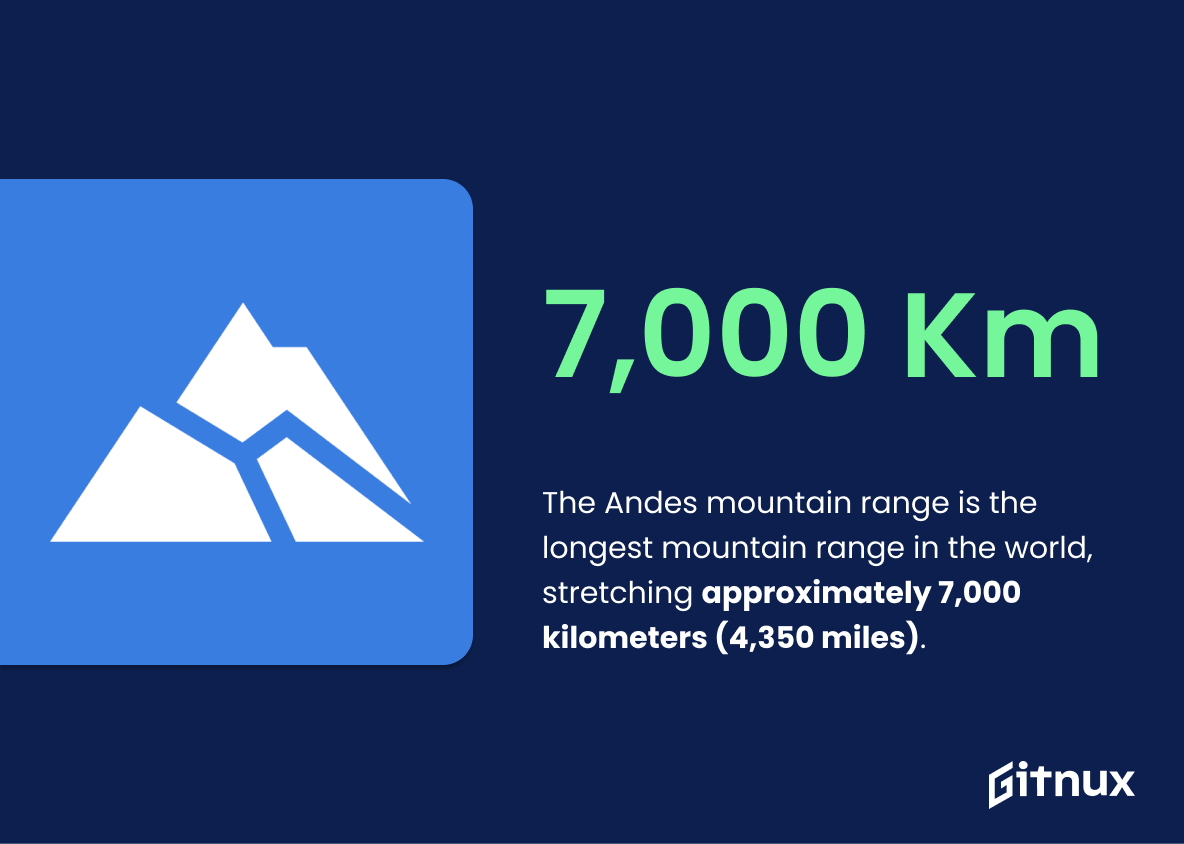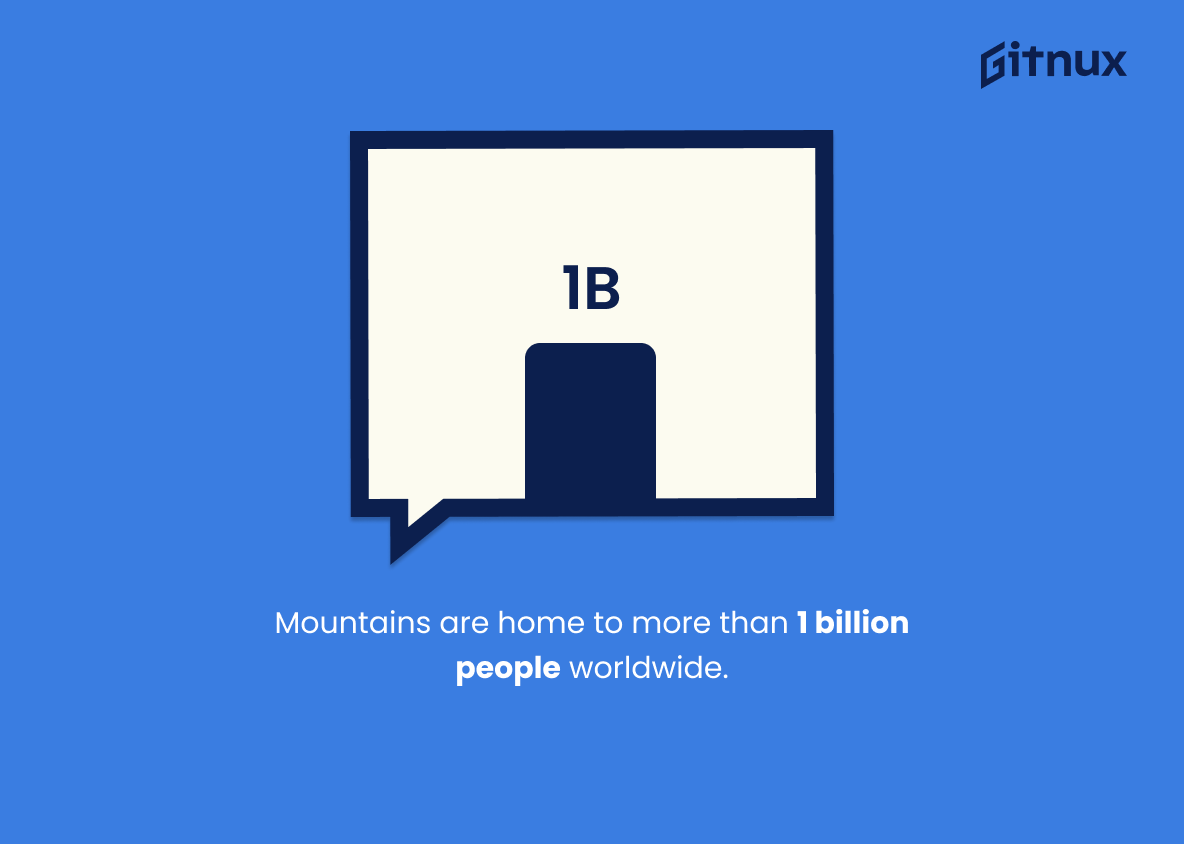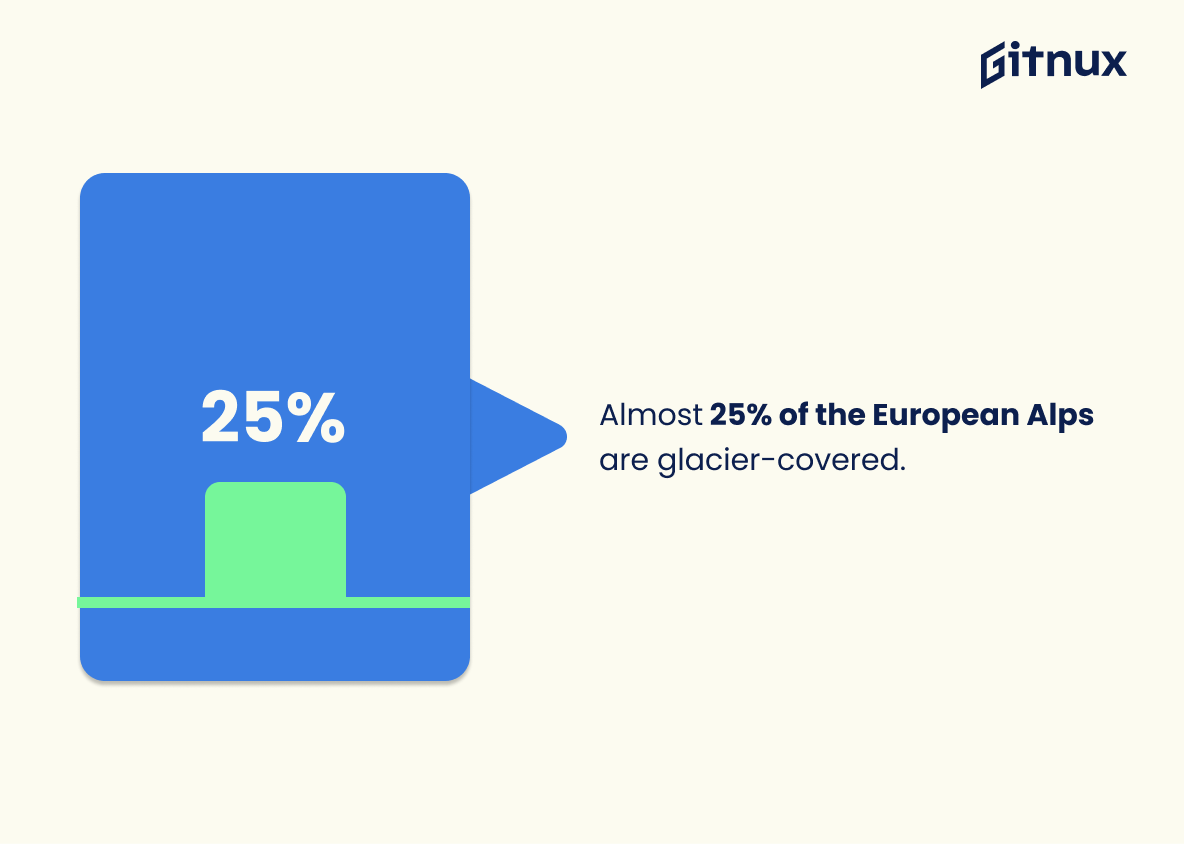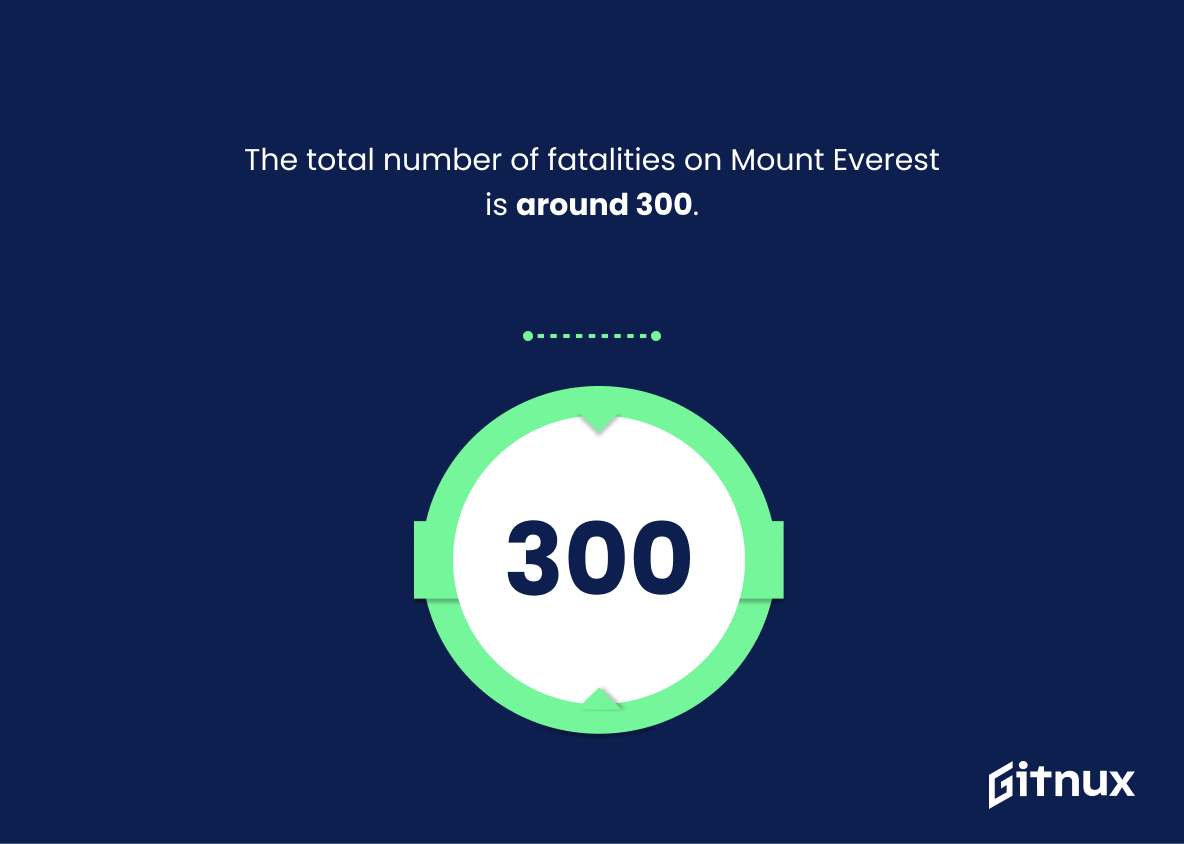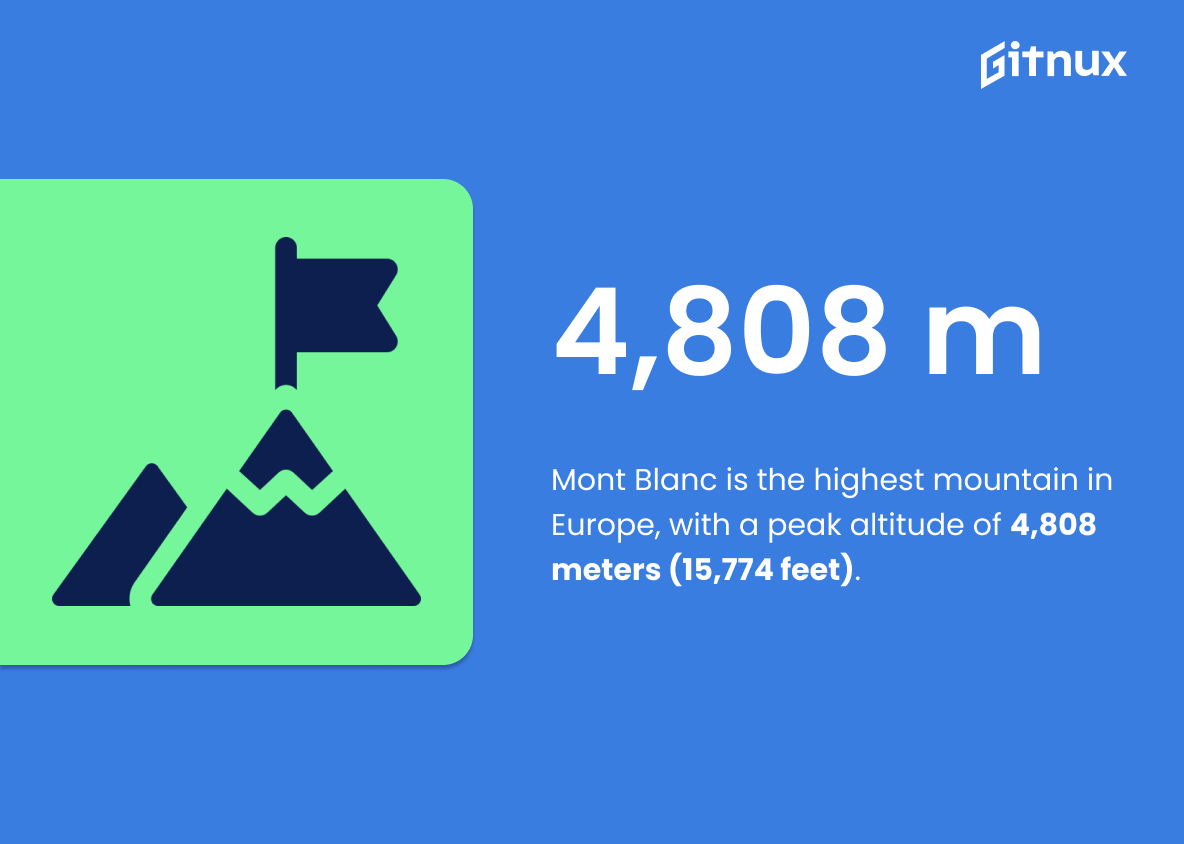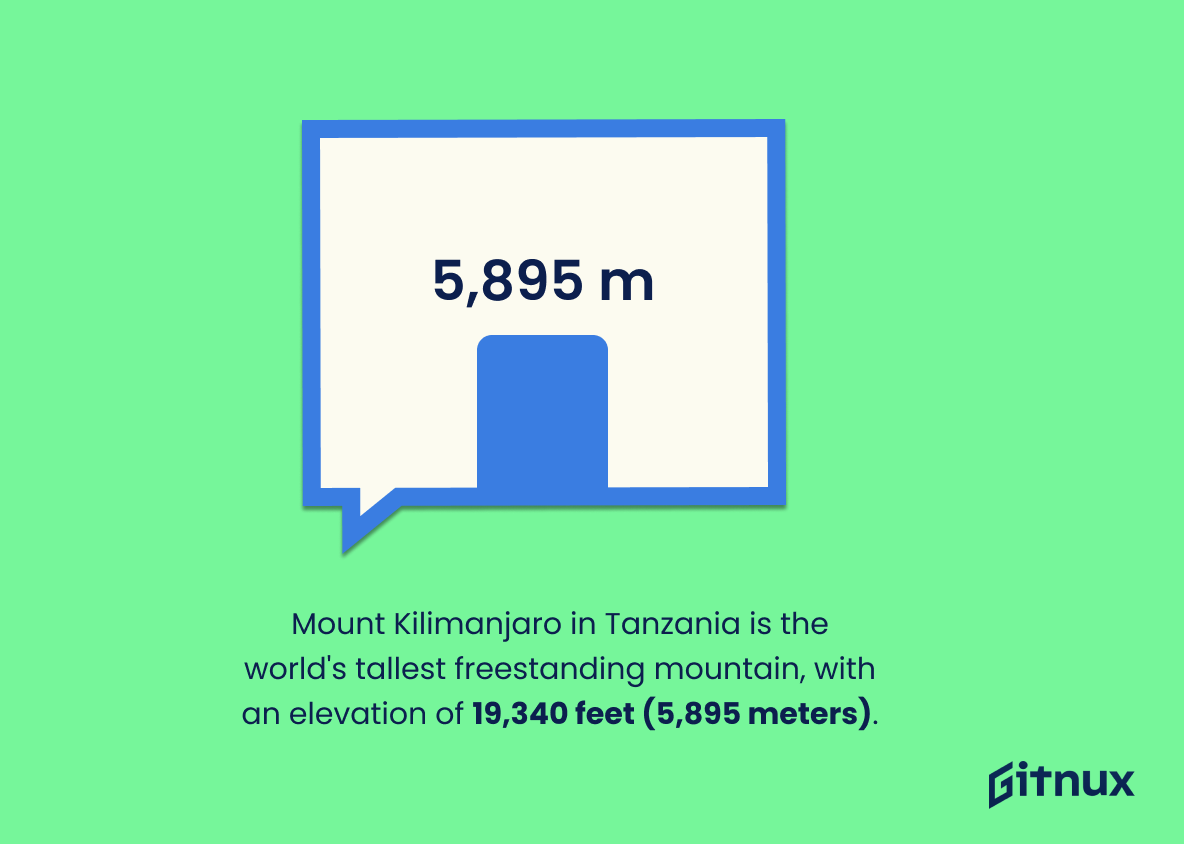Mountain Statistics: Mountains are an integral part of our planet, covering 22% of the Earth’s surface and providing us with a variety of resources. From Mount Everest being the world’s tallest mountain at 29,029 feet (8,848 meters) to 80% of the world’s fresh water supply coming from mountains – there is no denying that these majestic landforms have much to offer. The Andes mountain range is even considered as one of the longest in the world stretching approximately 7,000 kilometers (4,350 miles).
Mountains also provide habitats for 70% of wildlife on earth and 12% are designated as protected areas. Additionally 13 out 50 megacities lie at their foothills while more than 1 billion people worldwide call them home. Furthermore they host 25 percent terrestrial biodiversity and almost 25 percent European Alps glacier-covered area can be found here too.
The Rocky Mountains stretch 3,000 miles (4,800 kilometers) from British Columbia Canada to New Mexico United States making it North America’s longest mountain range whereas Mont Blanc stands tall as Europe’s highest peak reaching 4808 meters or 15774 feet above sea level. On top lies Mount Kilimanjaro which towers 19340 feet or 5895 meters high – making it free standing tallest in all over globe.
Unfortunately due landslides 30 % villages around mountains face destruction while food insecurity affects half population living in developing countries near by . Moreover only 25 5 % global national parks fall under this category . Despite such odds , 14 000 brave souls have summited Mt Everest till date . All these facts make clear how important role do mountains play not just for environment but human life itself .
This statistic is a powerful reminder of the sheer magnitude of mountains on our planet. It serves as a reminder of the importance of mountains in our lives, from providing us with essential resources to providing us with breathtaking views. It also serves as a reminder of the need to protect and conserve these majestic landscapes.
Mount Everest is the world’s tallest mountain, with a peak at 29,029 feet (8,848 meters).
The fact that Mount Everest is the world’s tallest mountain is a testament to the grandeur of nature. Its peak of 29,029 feet (8,848 meters) is a reminder of the sheer power of the Earth and its ability to create awe-inspiring landscapes. This statistic is a reminder of the beauty of the natural world and the importance of preserving it.
Mountain Statistics Overview
The Andes mountain range is the longest mountain range in the world, stretching approximately 7,000 kilometers (4,350 miles).
This statistic is a testament to the sheer size and grandeur of the Andes mountain range, making it the undisputed longest mountain range in the world. It is a remarkable feat of nature that is sure to leave readers in awe and admiration.
Mountains are home to more than 1 billion people worldwide.
This statistic is a powerful reminder of the importance of mountains to humanity. It highlights the fact that mountains are not just beautiful natural wonders, but also provide a home and livelihood for a significant portion of the world’s population. This statistic serves as a reminder of the need to protect and preserve mountain ecosystems, so that they can continue to provide a home and livelihood for these people.
The Rocky Mountains are the longest mountain range in North America, stretching 3,000 miles (4,800 kilometers) from British Columbia, Canada to New Mexico, United States.
This statistic is a testament to the sheer size and scope of the Rocky Mountains, highlighting the impressive length of the range. It serves as a reminder of the grandeur of the mountains, and the vastness of the landscape they span. It is a powerful reminder of the beauty and power of nature, and a reminder of the importance of preserving these majestic mountains.
Almost 25% of the European Alps are glacier-covered.
This statistic is a stark reminder of the impact of climate change on the European Alps. Glaciers are a vital part of the mountain ecosystem, providing water for rivers and streams, and helping to regulate the climate. As the glaciers recede, the effects of climate change become more pronounced, with potentially devastating consequences for the region.
The total number of fatalities on Mount Everest is around 300.
This statistic serves as a stark reminder of the dangers of climbing Mount Everest. It highlights the risks associated with attempting to summit the world’s highest peak, and serves as a warning to those who may be considering taking on the challenge. It also serves to remind us of the importance of safety and preparation when attempting any mountain climb.
Mont Blanc is the highest mountain in Europe, with a peak altitude of 4,808 meters (15,774 feet).
This statistic is a testament to the grandeur of Mont Blanc, standing tall as the highest mountain in Europe. It is a reminder of the beauty and power of nature, and a reminder of the awe-inspiring heights that can be reached. It is a reminder of the challenge that awaits those who seek to conquer the mountain, and a reminder of the rewards that await those who do. In short, this statistic is a reminder of the majesty of the mountains, and a reminder of the importance of mountain statistics.
Mount Kilimanjaro in Tanzania is the tallest free-standing mountain in the world, with an elevation of 19,340 feet (5,895 meters).
The fact that Mount Kilimanjaro is the tallest free-standing mountain in the world is a remarkable statistic that speaks to the grandeur of the natural world. It stands as a testament to the power of nature, and its elevation of 19,340 feet (5,895 meters) is a reminder of the sheer scale of the planet’s highest peaks. This statistic is a reminder of the beauty and majesty of the world’s mountains, and it serves as an inspiration for those who seek to explore them.
About 50% of mountain dwellers in developing countries suffer from food insecurity and face greater vulnerability to climate change.
This statistic is a stark reminder of the harsh realities faced by mountain dwellers in developing countries. It highlights the fact that half of these people are struggling to access food, and are particularly vulnerable to the effects of climate change. This statistic serves as a call to action, emphasizing the need for greater efforts to ensure that mountain dwellers have access to the resources they need to survive.
Conclusion
From the statistics presented, it is clear that mountains are an integral part of our planet and play a vital role in sustaining life. They provide us with fresh water, host vast amounts of biodiversity, and offer recreational opportunities for millions around the world. However, they also face numerous threats such as climate change which can lead to food insecurity among mountain dwellers in developing countries. It is essential that we take action now to protect these fragile ecosystems so future generations can continue to benefit from their many gifts.
References
0. – https://www.www.peakware.com
1. – https://www.www.livescience.com
2. – https://www.www.worldatlas.com
3. – https://www.www.fao.org
4. – https://www.www.spiegel.de
5. – https://www.www.factretriever.com
6. – https://www.www.britannica.com
